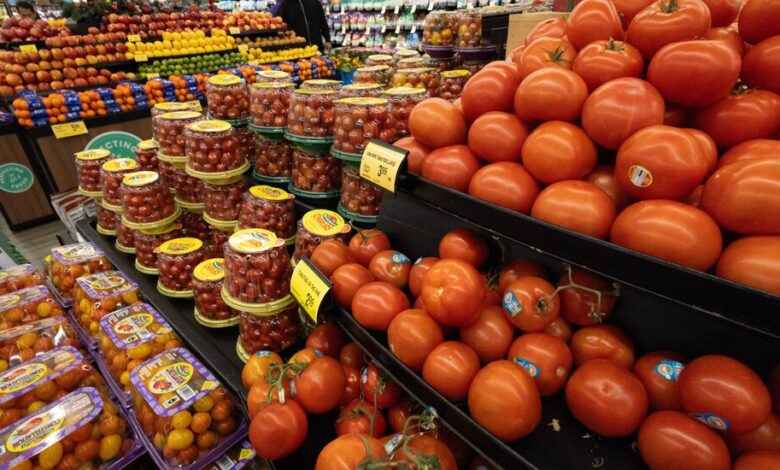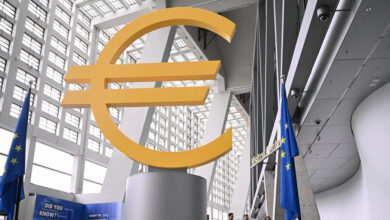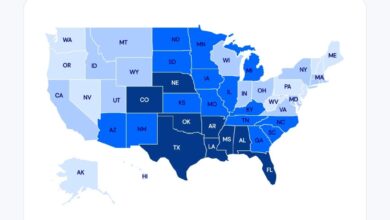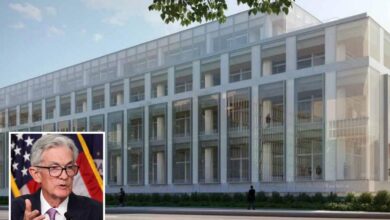Grocery Shoppers Will Feel the Tariffs First in Produce

Grocery shoppers will soon feel the impact of the Trump administration’s new tariffs, particularly in areas of the store where inventory turnover is high.
Price increases are expected on items like bananas from Guatemala and grapes from Peru in the produce aisle, due to the 10 percent tariffs imposed on exports from these countries.
Additionally, seafood prices, especially shrimp from Vietnam and India, are likely to rise significantly due to reciprocal tariffs.
Staples like sugar and coffee are also expected to see price hikes, with specialty coffee beans potentially costing consumers up to 35 percent more.
Since the pandemic, grocery stores have been expanding their private-label product lines to help customers navigate inflation, but tariffs will increase costs.
According to food analysts, predicting how tariffs will impact food prices is challenging due to the complex supply chain involving multiple countries.
While some of the tariff costs may be absorbed by retailers, consumers can expect higher prices across the board in the coming months.
Concerns about price gouging and manipulation in the food industry are high, as businesses navigate the additional paperwork and costs associated with tariffs.
Big food producers may be better equipped to handle tariff impacts compared to smaller companies with thin profit margins.
Importers like Burlap & Barrel are facing uncertainties with shipments and tariffs, leading to scaling back on planned product introductions.
Specialty food shops like Yun Hai are directly impacted by tariffs on imported goods, leading to creative cost-cutting strategies to sustain business operations.
Businesses are exploring ways to mitigate the impact of tariffs without immediately raising prices for consumers.
As uncertainties around tariffs persist, some experts suggest stocking up on essential items to avoid potential price increases in the future.





